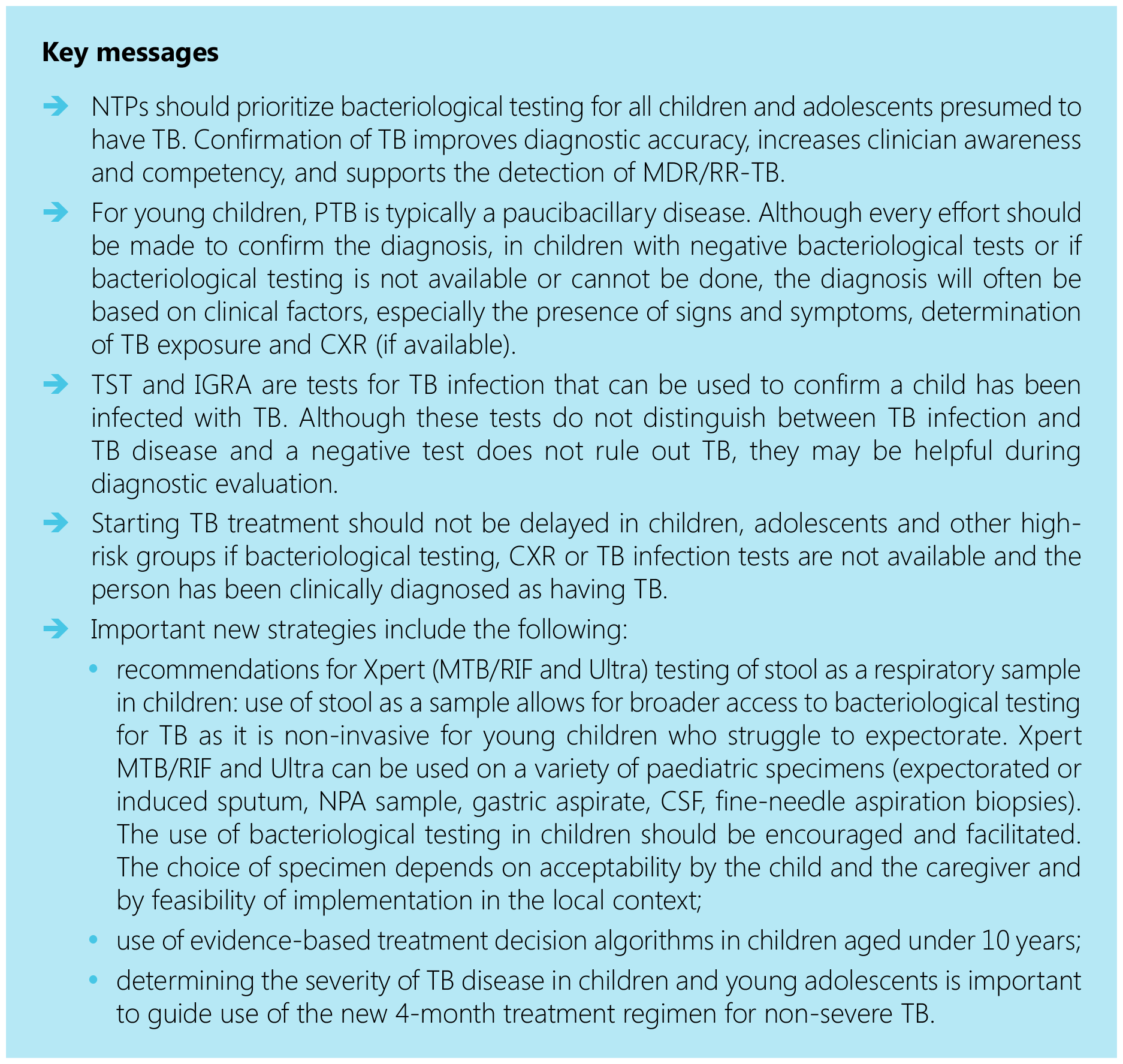5.2.7.5. Pyridoxine supplementation
Pyridoxine (vitamin B6) supplementation is recommended in children and adolescents living with HIV and in malnourished children and adolescents who are treated for TB, at a dosage of 0.5–1 mg/kg/day. Children weighing up to 25 kg receive half a 25 mg tablet or quarter of a 50 mg tablet (6). Supplementation with pyridoxine aims to prevent symptomatic pyridoxine deficiency, which presents as peripheral neuropathy, especially in children with severe malnutrition and children living with HIV.

 Feedback
Feedback
